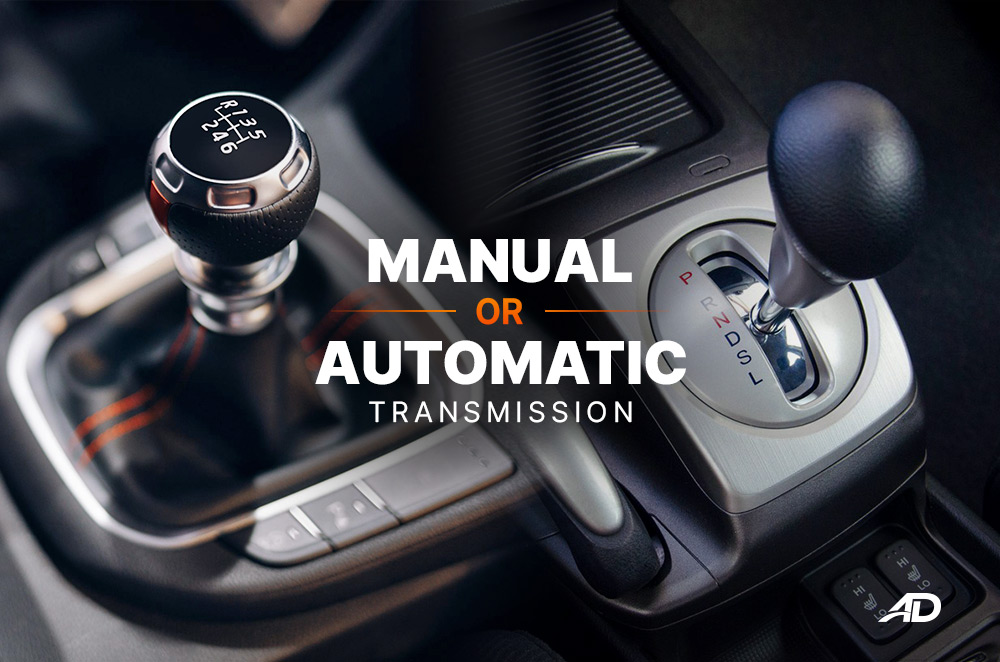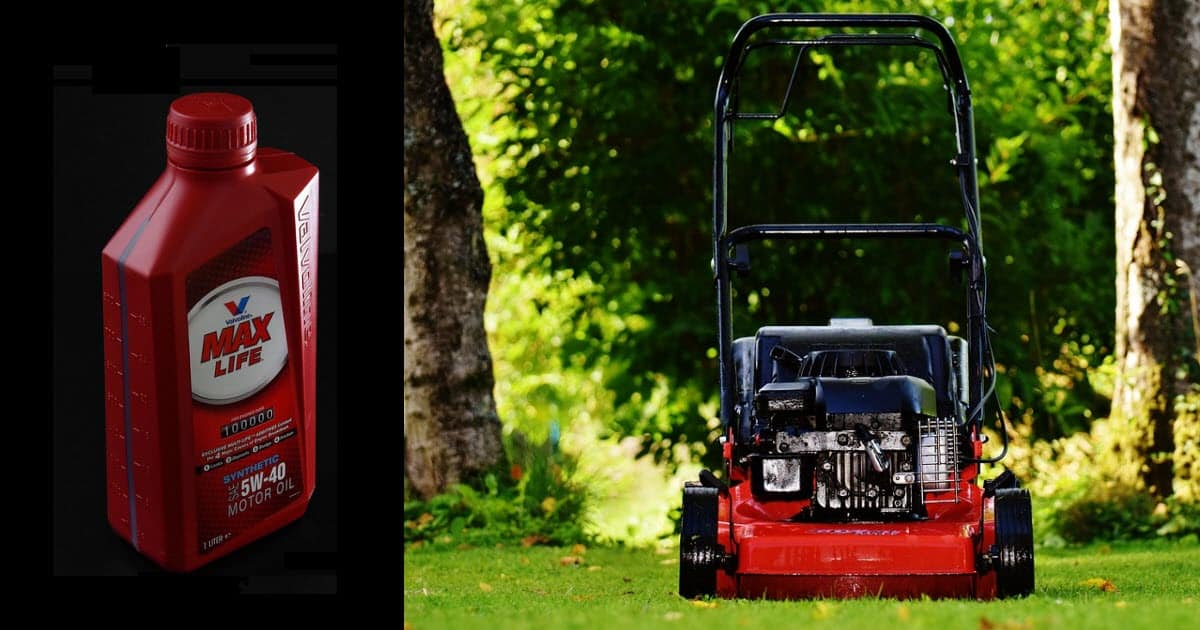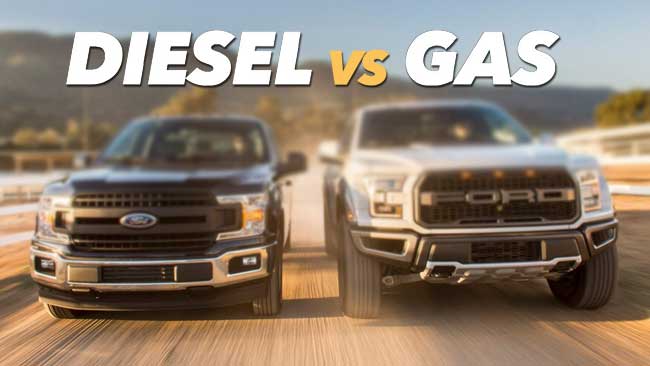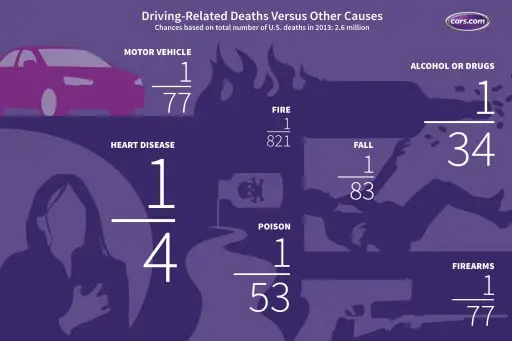-
Table of Contents
- Analyzing the Impact of Pony Cars and Muscle Cars on Automotive Culture
- Investigating the Popularity of Pony Cars and Muscle Cars
- Examining the Design Differences Between Pony Cars and Muscle Cars
- Comparing the Performance of Pony Cars and Muscle Cars
- Exploring the History of Pony Cars and Muscle Cars
- Conclusion
Analyzing the Impact of Pony Cars and Muscle Cars on Automotive Culture

The introduction of the pony car and muscle car in the 1960s had a profound impact on automotive culture. These two types of cars, which were designed to be affordable and powerful, revolutionized the way people thought about cars and the way they drove.
The pony car was the first of the two to be introduced. It was a smaller, lighter, and more affordable version of the classic American muscle car. It was designed to be a more accessible option for those who wanted the power and performance of a muscle car, but couldn’t afford the hefty price tag. The Ford Mustang was the first pony car to hit the market, and it quickly became a sensation. It was followed by other popular models such as the Chevrolet Camaro and the Pontiac Firebird.
The muscle car was the second type of car to be introduced. It was designed to be a powerful and fast vehicle that could compete with the performance of European sports cars. It was larger and heavier than the pony car, and it was more expensive. Popular models included the Chevrolet Chevelle, the Pontiac GTO, and the Dodge Charger.
The introduction of these two types of cars had a major impact on automotive culture. They made cars more accessible to the average person, and they allowed people to experience the thrill of driving a powerful and fast vehicle. They also changed the way people thought about cars, as they were no longer just a means of transportation, but a way to express one’s personality and style.
The impact of pony cars and muscle cars on automotive culture can still be seen today. Many modern cars are designed to emulate the style and performance of these classic cars, and they are still popular among car enthusiasts. The introduction of these two types of cars revolutionized the way people thought about cars and the way they drove, and their influence can still be seen in the automotive culture of today.
Investigating the Popularity of Pony Cars and Muscle Cars
The term “pony car” and “muscle car” are often used interchangeably, but they are actually two distinct types of vehicles. Pony cars are typically two-door coupes with a long hood and short rear deck, while muscle cars are usually two-door coupes or sedans with a large engine and a sporty look. Both types of cars have been popular for decades, but which one is more popular today?
To answer this question, we must first look at the history of both types of cars. Pony cars first appeared in the 1960s, with the introduction of the Ford Mustang. This car was an instant hit, and it quickly became the most popular car in its class. The Mustang was followed by other pony cars, such as the Chevrolet Camaro and the Pontiac Firebird. These cars were designed to be affordable and sporty, and they quickly became popular with young drivers.
Muscle cars, on the other hand, first appeared in the late 1960s and early 1970s. These cars were designed to be powerful and fast, and they were often equipped with large V8 engines. Popular muscle cars included the Chevrolet Chevelle, the Pontiac GTO, and the Dodge Charger. These cars were popular with drivers who wanted to show off their power and speed.
Today, both pony cars and muscle cars are still popular, but for different reasons. Pony cars are now seen as more of a lifestyle choice, with drivers looking for a car that is stylish and affordable. Muscle cars, on the other hand, are still popular with drivers who want to show off their power and speed.
Overall, it seems that both pony cars and muscle cars are still popular today, but for different reasons. Pony cars are seen as a stylish and affordable option, while muscle cars are still popular with drivers who want to show off their power and speed. No matter which type of car you prefer, both are sure to turn heads and provide an enjoyable driving experience.
Examining the Design Differences Between Pony Cars and Muscle Cars
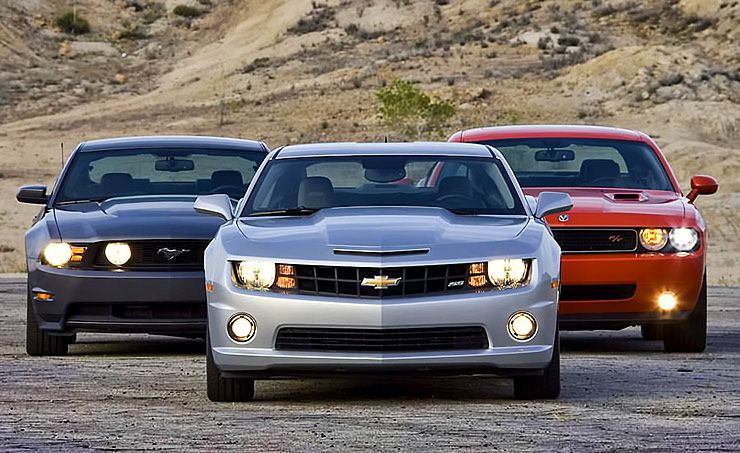
The term “pony car” and “muscle car” are often used interchangeably, but there are distinct design differences between the two. Pony cars are typically two-door coupes with long hoods and short rear decks, while muscle cars are usually two-door coupes or sedans with short hoods and long rear decks.
Pony cars are characterized by their long hoods and short rear decks, which give them a sporty, sleek look. They are usually equipped with a powerful engine, often a V8, and feature a low-slung, aerodynamic design. The most popular pony cars are the Ford Mustang, Chevrolet Camaro, and Dodge Challenger.
Muscle cars, on the other hand, have a more aggressive look. They are usually equipped with a large V8 engine and feature a short hood and long rear deck. The most popular muscle cars are the Ford Mustang GT, Chevrolet Camaro SS, and Dodge Charger.
The design differences between pony cars and muscle cars are more than just aesthetic. Pony cars are designed for performance, with their long hoods and short rear decks allowing for better aerodynamics and improved handling. Muscle cars, on the other hand, are designed for power, with their short hoods and long rear decks allowing for more engine power and improved acceleration.
Pony cars and muscle cars both offer a unique driving experience, but the design differences between the two are clear. Whether you’re looking for a sporty ride or a powerful one, there’s a car out there for you.
Comparing the Performance of Pony Cars and Muscle Cars

The term “pony car” and “muscle car” are often used interchangeably, but there are distinct differences between the two. Pony cars are typically smaller, lighter, and more affordable than muscle cars, and they are designed for performance and agility. Muscle cars, on the other hand, are larger, heavier, and more powerful than pony cars, and they are designed for speed and power.
When it comes to performance, both pony cars and muscle cars have their advantages and disadvantages. Pony cars are generally more agile and responsive than muscle cars, and they are better suited for tight turns and winding roads. They also tend to have better fuel economy than muscle cars, making them a more economical choice. However, muscle cars have more power and torque than pony cars, and they are better suited for straight-line acceleration and drag racing.
When it comes to cost, pony cars are usually more affordable than muscle cars. This is because they are smaller and lighter, and they typically have fewer features than muscle cars. However, muscle cars tend to have higher resale values than pony cars, so they may be a better investment in the long run.
Overall, both pony cars and muscle cars have their advantages and disadvantages. It really comes down to personal preference and what type of performance you are looking for. If you are looking for agility and fuel economy, then a pony car may be the right choice for you. If you are looking for power and speed, then a muscle car may be the better option.
Exploring the History of Pony Cars and Muscle Cars
The history of pony cars and muscle cars is a fascinating one, full of iconic models that have become synonymous with American culture. From the Ford Mustang to the Chevrolet Camaro, these cars have been a part of the automotive landscape for decades.
Pony cars first appeared in the mid-1960s, with the introduction of the Ford Mustang. This car was an instant hit, and it quickly became the most popular car in its class. It was followed by the Chevrolet Camaro, the Plymouth Barracuda, and the AMC Javelin. These cars were designed to be affordable, yet powerful, and they quickly became popular with young drivers.
Muscle cars, on the other hand, were designed to be powerful and fast. They were typically equipped with large V8 engines and were designed to be raced on the street. Popular models included the Pontiac GTO, the Dodge Charger, and the Chevrolet Chevelle.
The 1970s saw a decline in the popularity of both pony cars and muscle cars, as the oil crisis and stricter emissions regulations made them less desirable. However, in the 1980s, the pony car market was revived with the introduction of the Ford Mustang Fox Body. This car was a modern take on the classic Mustang, and it quickly became a hit with young drivers.
The 1990s saw a resurgence in the popularity of muscle cars, with the introduction of the Dodge Viper and the Chevrolet Corvette. These cars were designed to be powerful and fast, and they quickly became popular with car enthusiasts.
Today, both pony cars and muscle cars are still popular, although they have evolved significantly over the years. Modern versions of these cars are more powerful and efficient than ever before, and they are still popular with young drivers.
No matter what type of car you prefer, the history of pony cars and muscle cars is an interesting one. From the classic models of the 1960s to the modern versions of today, these cars have been a part of the automotive landscape for decades.
Conclusion
In conclusion, a pony car is a smaller, lighter, and more affordable version of a muscle car. It is designed to be more fuel-efficient and easier to maneuver than a muscle car. Pony cars typically have a smaller engine and less power than a muscle car, but they are still capable of providing a thrilling driving experience. Muscle cars, on the other hand, are larger, heavier, and more powerful than pony cars. They are designed for speed and performance, and they are usually more expensive than pony cars. Both types of cars offer a unique driving experience, and they are both popular among car enthusiasts.

